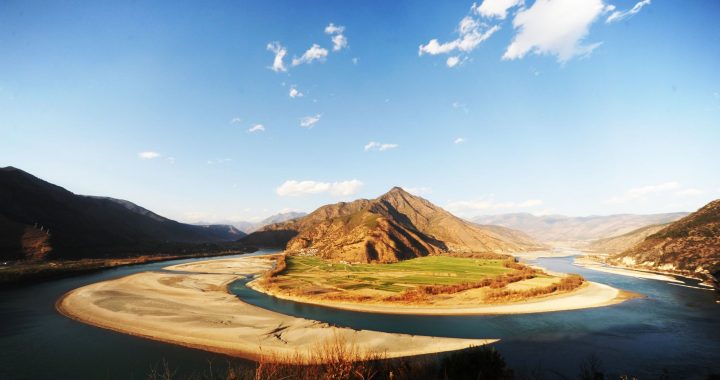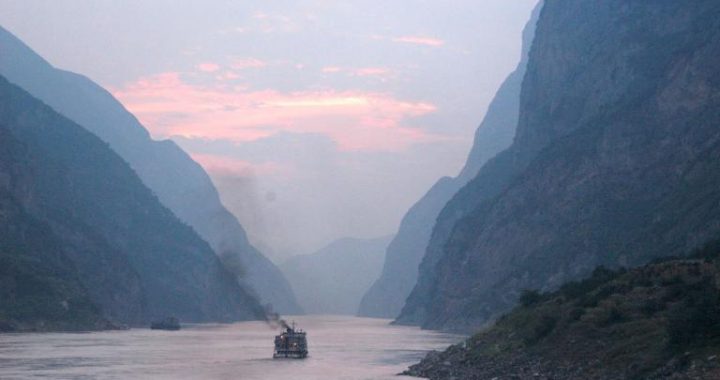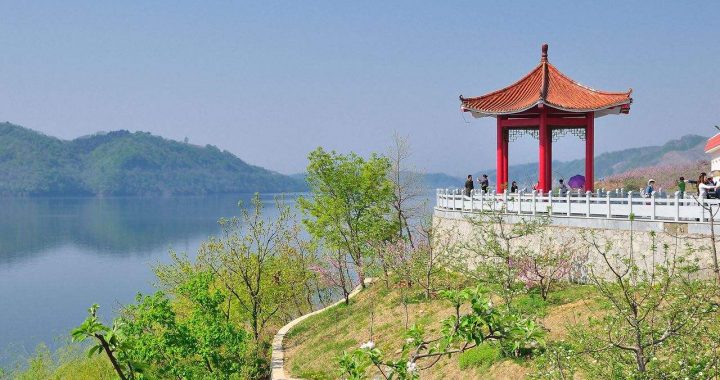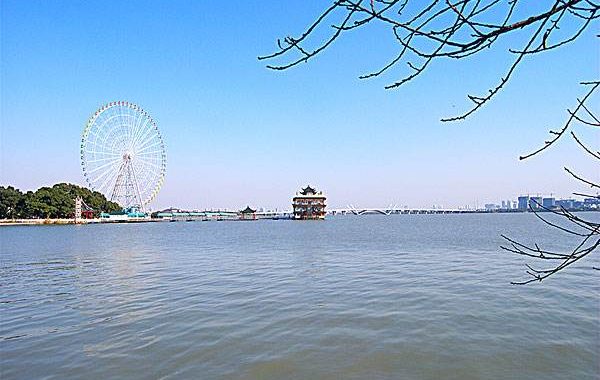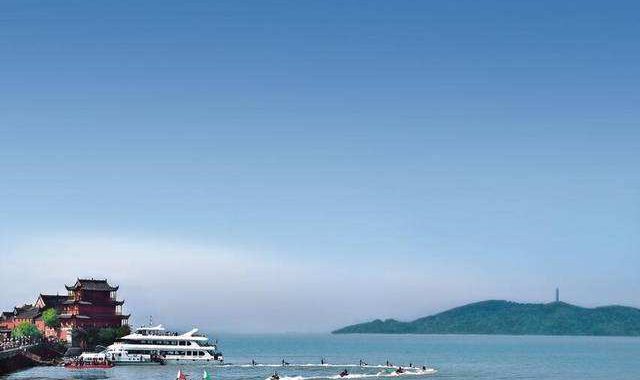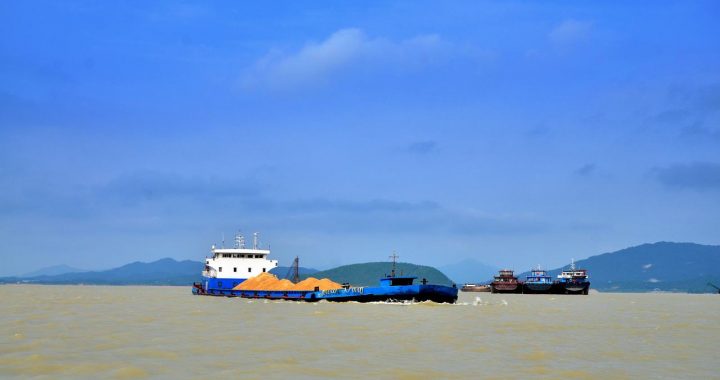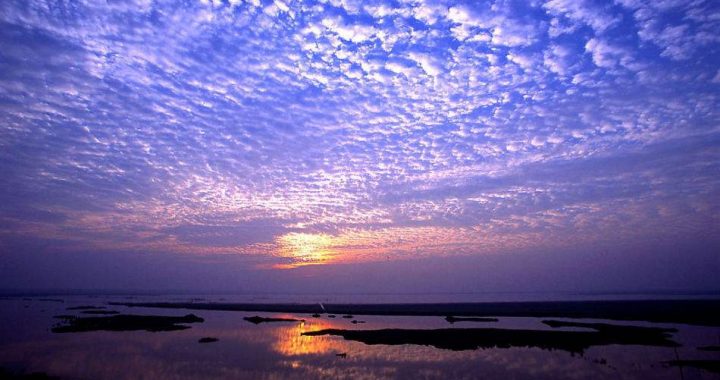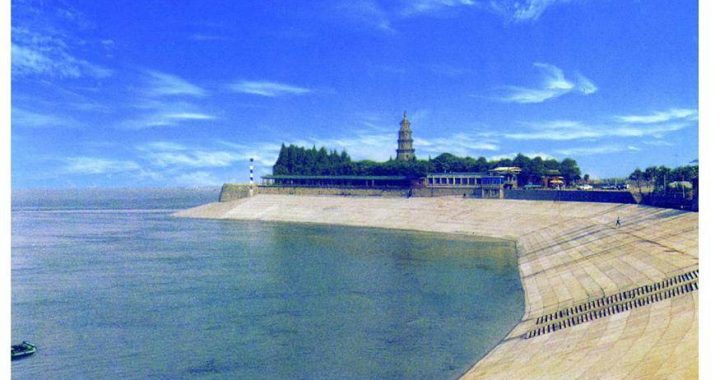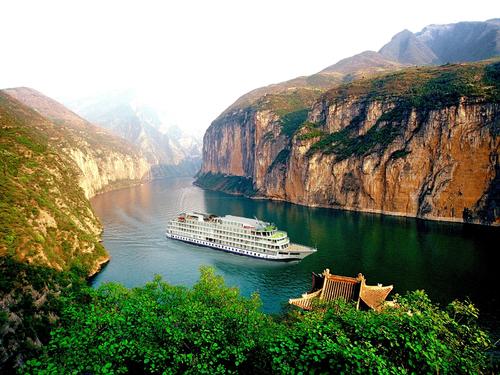Minjiang River
4 min readAmong the green mountains,the roaring and thundering sound of the river arrives way ahead of the river itself.And after a turn of the mountain passage,rapids and whirlpools demonstrate themselves.Minjiang water roarsand runs down,like a waterfall lying on the earth.The limpid water looks green under the dense forests along the two banks,and the rapid and turbulent current rushes at the bumpy rocks,splashing up huge white pearls,which roll all the way down the river.
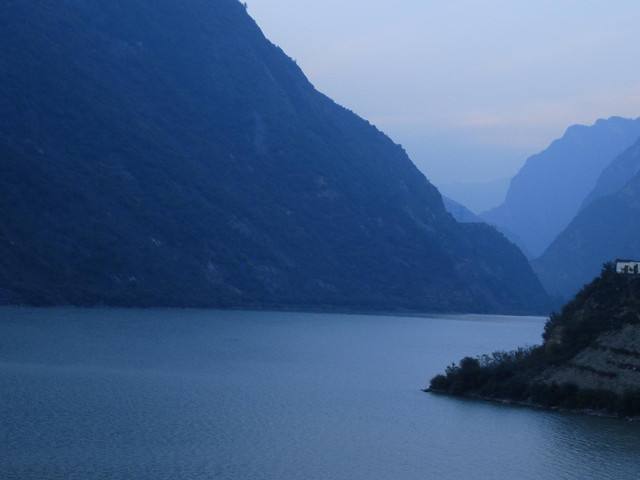
Minjiang River originates at the south foot ofMinshan Mountain in north-west Sichuan province.
Tracing back to the source,one will see a luscious place of water and grass,with beautifulThe source of Minjiang River Jinsha River sight and unsophisticated folkway of Tibetan people. Tents can be seen everywhere, along with the Tibetan people herding yaks and Sichuan horses on the grassland, living a simple and free life. The fountainhead of Minjiang River is just an unattractive small pond, calm and shallow, with lu-cid, sweet and refreshing water. Who could imagine that such an ordinary small pond would develop into a surging and mighty river? The upper reaches of Minjiang River, coursing through gorges with high mountains and deep valleys, flushes down turbulently. And in the headstreams area, archaeologists found many human culture relics of Neolithic Age.
Arriving near Yibin in Sichuan province, Minjiang and Jinsha River converged into the Yangtze River. Large amount of rainfall makes Minjiang River one of the largest tributaries of the Yangtze River, and that ancient people mis-took Minjiang River as the headstream of the Yangtze Riv-er might have something to do with its huge water volume.

Same as Jinsha River,Minjiang River by the Minshan Mountain flushes rapidly and turbulently,as if it can’twait to break loose the bondage of the mountains.Howev-er,upon the arrival at Chengdu Plain,because the terrain begins to even up and the current slows down,the sand and silt carried from Minshan Mountain begin to deposit.
Consequently the watercourse was also clogged quite often in the past.In flood season,water overflew the banks and overran wantonly;while during low water season,draught occurred continuously.The capricious Minjiang River ren-dered the ancient people destitute.In order to control the flood of Minjiang River,Li Bing,the prefect of the Qin state,and his son constructed Dujiangyan Weir,which helped the people lead a peaceful and affluent life.Sichuan province also became the land of abundance,with vast fer-tile soil,where flood and draught were under control and no famine occurred any more.
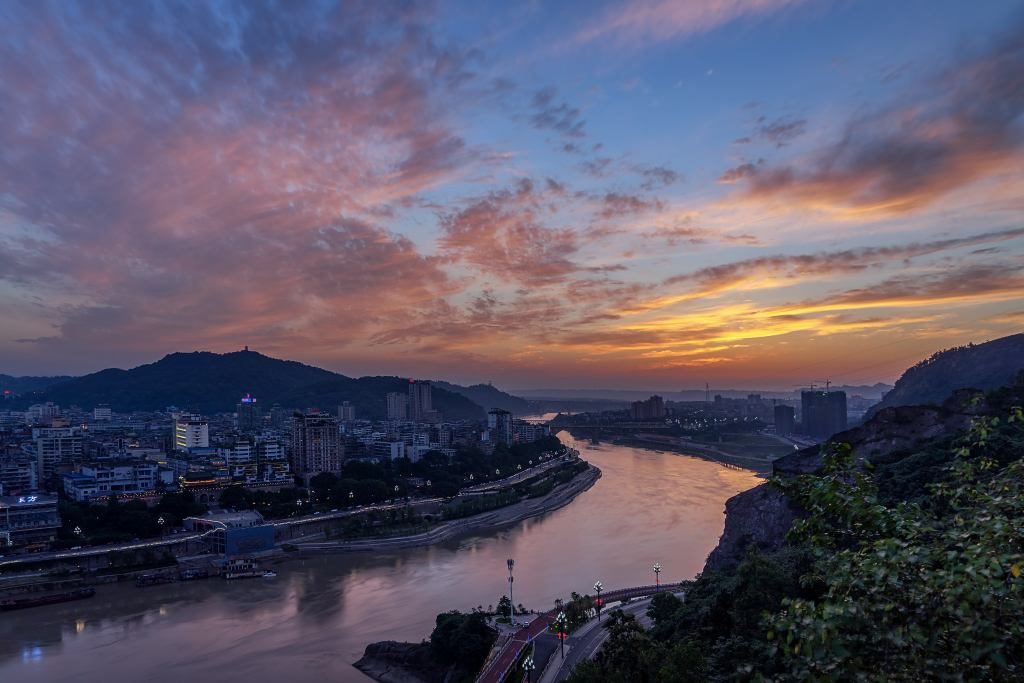
Qingcheng Mountain
Near Dujiangyan Weir there is a mountain called Qingcheng Mountain. One of the Four Great Taoist Moun-tains, Qingcheng is covered by luxuriant and verdant trees and has gained the reputation of “the most peaceful and secluded mountain under heaven”.
Minjiang River continues to flow southward and on its way there is a place on the west bank called Meishan County, where came forth three of the “Eight Great Prose Masters of the Tang and Song”in ancient China: Su Xun and his two sons, Su Shi and Su Zhe. The three men occu-pied a decisive position in Chinese literature history,a-mong which Su Shi made the most outstanding achieve-ment.
Then, Minjiang River receives Dadu River and Qingyi River. Dadu River is a famous tributary of theYangtze River. During the Long March, the Red Army had the feat of “Crossing Dadu River by Force”. Dadu River originates from the border area of Sichuan province and Qinghai province. Although a tributary of Minjiang River, Dadu River is larger than Minjiang River in terms of water volume and drainage area, and is also longer. However, since Dadu River courses through the obscure and rugged mountains, it is not familiar to the people, therefore it is seen habitually by people as the tributary of Minjiang Riv-er. Qingyi River flows past the north of E’ mei Mountainin Sichuan province, which, together with Wutai Mountainin Shanxi province, Putuo Mountain in Zhejiang provinceand Jiuhua Mountain in Anhui province, forming the Four Sacred Mountains of Buddhism.
At the joint area of Minjiang River, Dadu River and Qingyi River, Lingyun Mountain stands on the east bank of Minjiang River. On the west cliff of Lingyun Mountain, there sits the huge age-old giant Buddha-Leshan Giant Buddha. It is a statue of Maitreya in sitting posture, with a height of 71 meters, and is the largest sitting carved Bud-dhist sculpture in the world. People described it as “the mountain is a statue of Buddhist, Buddhist is a mountain”.
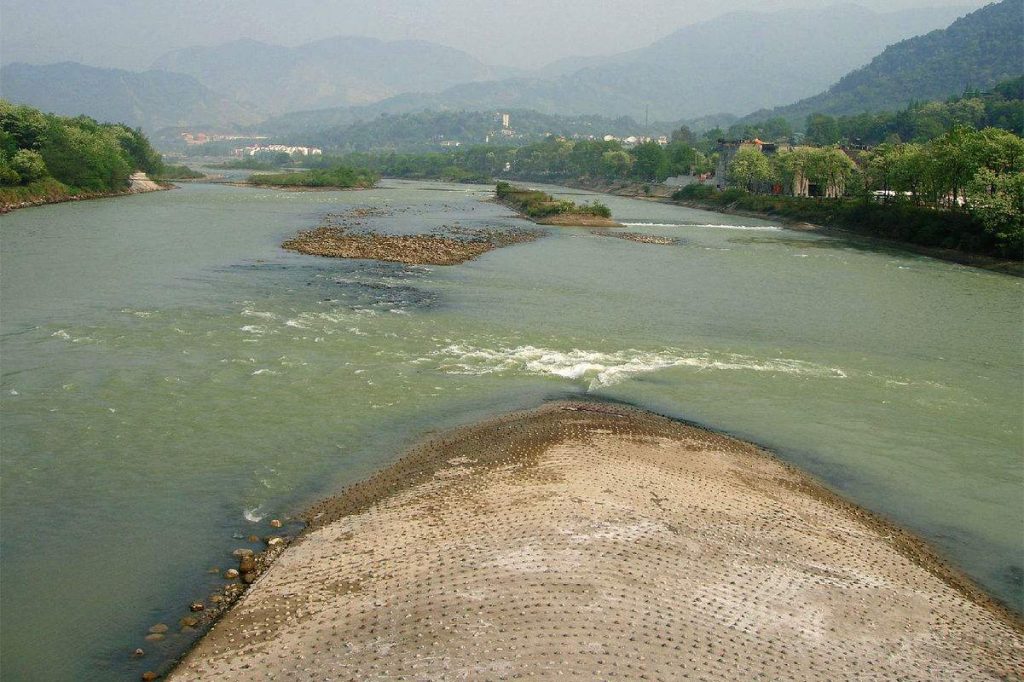
According to the historic records, the huge Buddhist statue was initiated by a famous monk Haitong in the Tang dy-mei Mountain nasty (618-907), and his concern was for the safety of thelong-suffering people. Tempestuous currents in the conflu-ence of Minjiang River and Dadu River, especially in flood season, caused many boat-capsizing accidents. So Haitong determined to carve a Buddhist Statue beside the river thinking that the Buddha would bring the water under control. He begged alms all round and made great efforts to raise money and gather labors. The Leshan Giant Bud-dha was finished at last after 90 years’ hard work. The Gi-ant Buddha sits seriously with his hands on his knees, with an affable and genial manner and wisdom hidden under his stateliness. The ancient people also designed a systematic and scientific drainage system all around the Giant Bud-dha. Today the Giant Buddha is still sitting back against the mountain and facing the water, watching sun and moon shuttle back and forth. After thousands of years’ weather-ing and erosion, it still sits there steadfastly. Leshan GiantBuddha is really a precious heritage in the arts treasury of the world.
